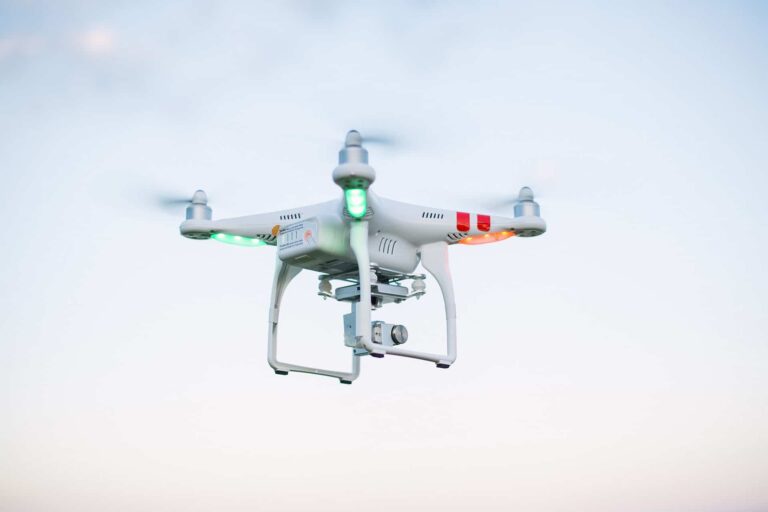How to Install Windows 11 on Your PC (Step-by-Step Guide for Beginners)
Windows 11 is Microsoft’s latest operating system, bringing a fresh design, better performance, and improved security. If you’re still using Windows 10 or setting up a new computer, installing Windows 11 is easier than you might think.
In this guide, I’ll show you step-by-step how to install Windows 11 on your PC whether you’re upgrading, doing a clean install, or installing from a USB drive.
Windows 11 System Requirements
Before you install Windows 11, make sure your PC meets the minimum system requirements.
Component | Minimum Requirement |
| Processor | 1 GHz or faster with 2 or more cores on a compatible 64-bit processor |
| RAM | 4 GB |
| Storage | 64 GB or more |
| System firmware | UEFI, Secure Boot capable |
| TPM | Trusted Platform Module (TPM) version 2.0 |
| Graphics card | DirectX 12 compatible with WDDM 2.0 driver |
| Display | 9” or larger, 720p resolution |
Check Compatibility:
You can download Microsoft’s free tool called PC Health Check to see if your system supports Windows 11.
If your PC doesn’t meet TPM or Secure Boot requirements, don’t worry — later in this guide, I’ll show you how to install Windows 11 on unsupported PCs
Step 1: Download the Windows 11 ISO or Installation Tool
To get started, you’ll need the Windows 11 installation files. Microsoft provides two main ways to get them:
Option 1: Use the Installation Assistant (Upgrade)
- Go to Microsoft’s Windows 11 download page.
- Click Download Now under “Windows 11 Installation Assistant.”
- Run the tool and follow on-screen instructions to upgrade from Windows 10.
Option 2: Download the ISO File (For Clean Install)
- On the same page, scroll down to “Download Windows 11 Disk Image (ISO)”.
- Choose your edition and language, then click Download.
Save the ISO file on your computer.
Step 2: Create a Bootable Windows 11 USB Drive
If you’re doing a clean installation, you’ll need a bootable USB drive (at least 8GB).
Here’s how:
- Download and open Rufus (free tool).
- Insert your USB drive.
- In Rufus, select:
- Device → Your USB drive
- Boot selection → Choose the Windows 11 ISO file
- Device → Your USB drive
- Click Start and wait a few minutes.
That’s it! You’ve created your Windows 11 bootable USB drive.
Step 3: Install Windows 11 from USB Drive
Now it’s time to install Windows 11.
- Insert the bootable USB into your PC.
- Restart the computer.
- Enter BIOS/UEFI (usually by pressing F2, F12, or DEL during startup).
- Change the boot order so the USB drive is first.
- Save and exit BIOS — your PC should boot from the USB.
Then follow these on-screen steps:
- Choose your language and region.
- Click Install Now.
- Enter your product key (or skip for later).
- Select Custom: Install Windows only (advanced) for a clean install.
- Choose the partition or drive to install Windows 11.
The setup will copy files and restart your PC several times. When it’s done, you’ll see the new Windows 11 setup screen.
Step 4: How to Upgrade from Windows 10 to Windows 11
If you don’t want to erase your files, upgrading is easier.
- Go to Settings → Update & Security → Windows Update.
- If your PC is eligible, you’ll see “Upgrade to Windows 11 is ready”.
- Click Download and Install.
Your apps, files, and settings will stay the same after the upgrade.
Step 5: How to Install Windows 11 on an Unsupported PC
If your PC doesn’t have TPM 2.0 or Secure Boot, you can still install Windows 11 using Rufus.
Here’s how:
- Open Rufus and select your Windows 11 ISO.
- Under Image options, choose “Extended Windows 11 Installation (no TPM / no Secure Boot / no RAM limit)”.
- Create your bootable USB as usual.
Now you can install Windows 11 even on older systems.
Disclaimer: This method is unofficial. Use it only for testing or personal use.
Step 6: Common Windows 11 Installation Errors and Fixe
Problem 1: “This PC can’t run Windows 11”
👉 Enable TPM and Secure Boot in BIOS, or use the Rufus method above.
Problem 2: Installation stuck at 0% or 99%
👉 Try unplugging extra USB devices and restarting setup.
Problem 3: Activation issues after install
Go to Settings → System → Activation, and sign in with your Microsoft account.
Step 7: After Installation — What to Do Next
After setup completes:
- Install Windows Updates (Settings → Windows Update).
- Install drivers from your manufacturer’s website.
- Activate Windows 11 if needed.
- Set up OneDrive or Microsoft account for backup.
Adjust privacy and performance settings






